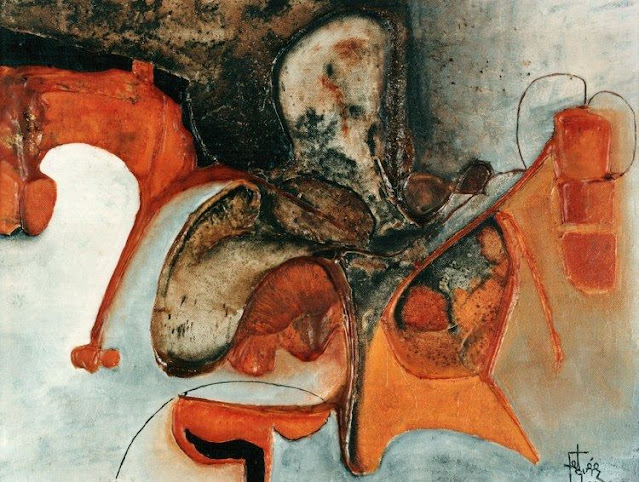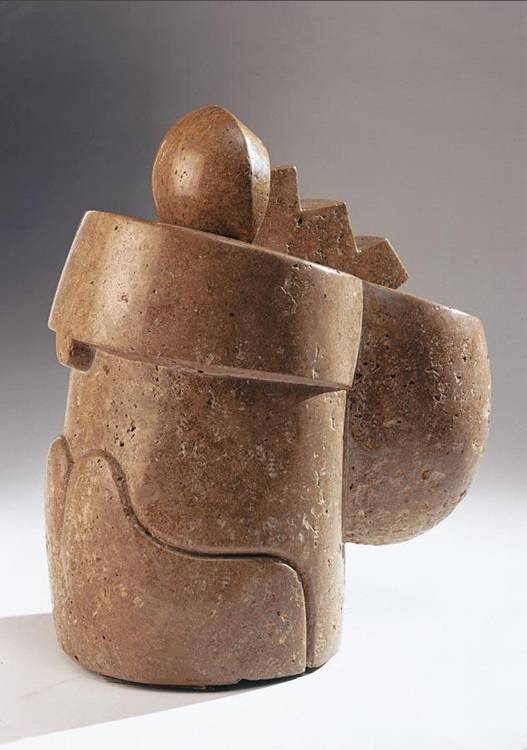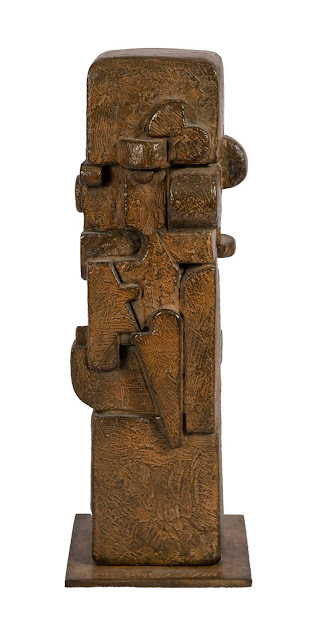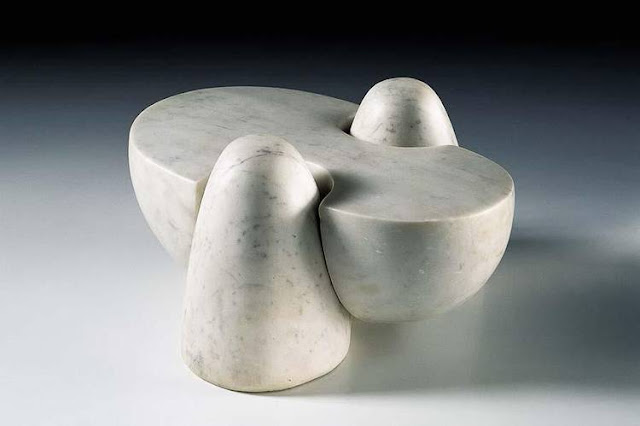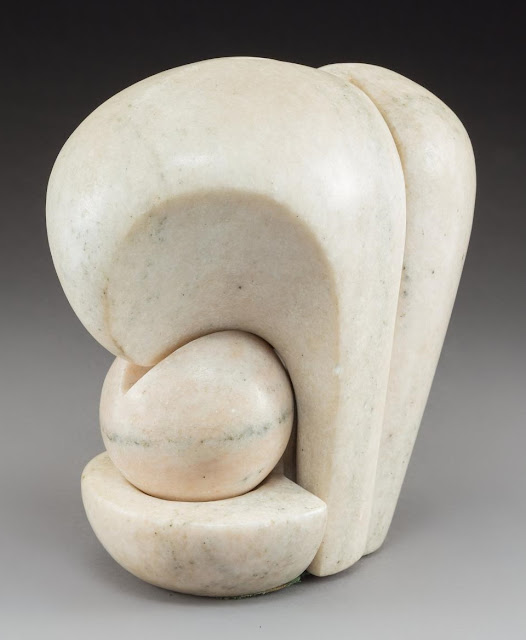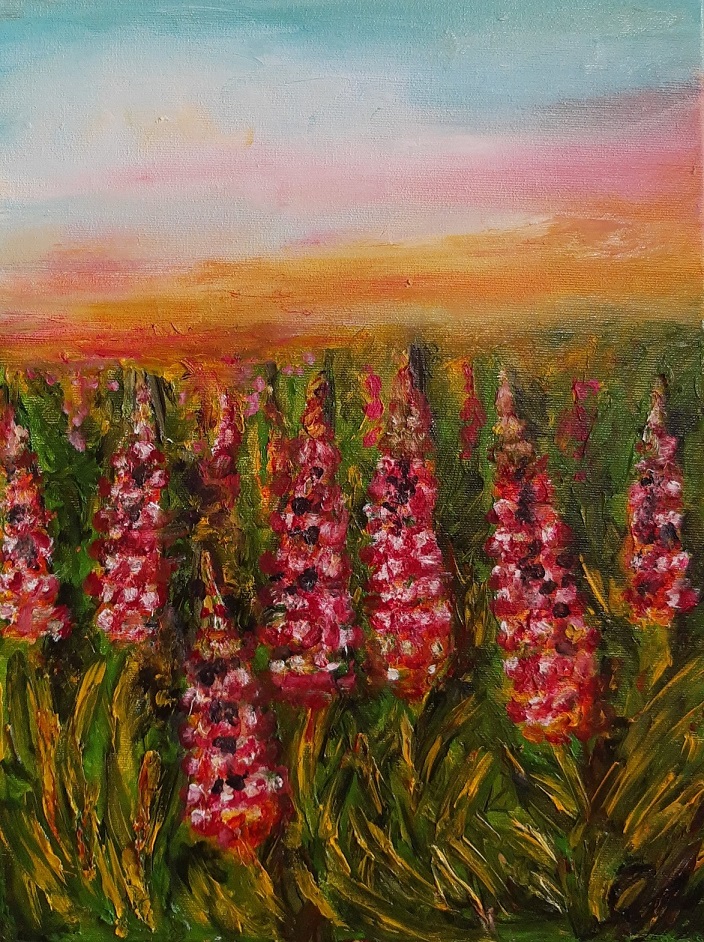Manuel Felguérez Barra (1928 – 2020) was a Mexican abstract artist, part of the Generación de la Ruptura that broke with the muralist movement of Diego Rivera and others in the mid 20th century.
"Painter and sculptor. In the late forties, he studied at the San Carlos Academy in Mexico City. At the beginning of the fifties, thanks to a scholarship from the French government he traveled to Paris where he studied at the Academy de la Grande Chaumier and at the Colarossi Academy. There he perfected his sculptural work with the master Ossip Zadkine, whose work will influence the young Felguérez. In the mid-fifties he became one of the pioneers of the Abstract trend, provoking a true renewal of the Mexican visual arts landscape in the second half of the XX century. Between 1965 and 1990 he developed an intense teaching and research work that took him to Cornell University and Harvard University in the United States. He tought Composition Classes in the National School of Plastic Arts and 1977 he became a researcher at the Institute of Aesthetic Research at UNAM. The work of Felguérez poses a dialectic between abstraction and expression. His paintings articulate geometric figures as squares, triangles, circles or rectangles, that collides with the imprint of an expressive Informalism charged with gestural spontaneity."(durbansegnini.com)










